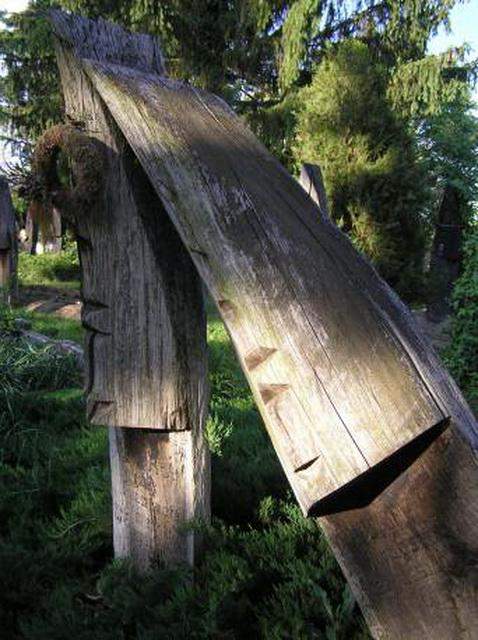Hidden Gems of Hungary – thousand year old villages
In these little villages, tradition lives on. Some of them are almost a thousand years old. The Great Plain has the kind of romanticism that inspired many great poets and writers and now Femina.hu collected some truly unique places to show us.
Most people think of Hortobágy when they hear the phrase Great Hungarian Plain, imagining the whip-cracking horsemen. But if you travel a bit north from there, you could see villages that are just as interesting in a different manner.
These villages from the Great Northern Plain still retain parts of our culture from hundreds of years ago. There are murals that were painted 800 years ago, churches with wood shingles, wood headstones in cemeteries. These are all beautiful on their own, but together they are absolutely amazing.
Csaroda
-

- Photo: www.csaroda.hu
-

- Photo: www.csaroda.hu
-

- Photo: www.csaroda.hu
Csaroda is a village in Szabolcs-Szatmár-Bereg county, in the Northern Great Plain region of eastern Hungary. The name Csaroda was first mentioned in 1299. It got its name from a river, the Cierna Voda, meaning black water.
Csaroda is a Romanesque village, with a 13th century Reformed Church. The church spire is made of wooden shingles. Inside the church you can see the 14th century Gothic frescoes. From the original painting that depicted the 12 Apostles, you can still see 6, in good condition. An old wooden bell-tower from the 13th century stands at the church.
One of the most remarkable things about this village are the wattle houses: wooden strips are woven together then covered with mud plaster, this forms the wall of the houses.
Tákos
-

- Photo: www.takos.hu
-

- Photo: www.takos.hu
-

- Photo: www.takos.hu
-

- Photo: www.takos.hu
Tákos is a village neighboring Csaroda. The village is famous because of its folk art, especially the needlework art of “beregi keresztszemes” (cross-needled workshop) textile style. You can see this kind of needlework in the church and all around the village.
The locals usually refer to the Reformed church as the Barefoot Norte-Dame, since the plastering of the mud was done by foot. This church has a special interior too. Many artists have been working on the paintings on the walls. The ceiling is especially wonderful.
Szatmárcseke
-

- Photo: www.szatmarcseke.hu
-

- Photo: www.szatmarcseke.hu
-

- Photo: www.szatmarcseke.hu
It might seem unusual, but if you are anywhere near Szatmárcseke, you must visit the cemetery. The boat shaped wooden headstones make this cemetery the most interesting in the country. There is still a lot of controversy about this: was the shape inspired by our Finno-ugric roots or just a consequence of one of the floods. You can also find a monument here for Ferenc Kölcsey, who is famous for writing Himnusz, the national anthem of Hungary. He spent a lot of time in this village, and this was where he died.
Máriapócs
-

- Photo: http://mariapocs.hu
-

- Photo: http://mariapocs.hu
-

- Photo: http://mariapocs.hu
Máriapócs has been populated since the 13th century and it is a place of pilgrimage. Today’s place of worship was once a wooden church with the famous Weeping Madonna icon. Today an 18th century copy is placed above the altar, the original one, painted by László Csibi is being kept in Vienna. The copy was made by István Telekessy in 1707, and it has been seen weeping several times, just like the original painting.
Featured image: takos.hu
Source: femina.hu
please make a donation here
Hot news
Chinese car manufacturer NIO signs letter of intent for cooperation with Hungarian university
Orbán’s political director: Chinese president’s visit confirmation of Hungary’s connectivity strategy
Budapest Airport: Changes due to arrival of Chinese President
Fidesz Budapest mayoral candidate urges cooperation between Budapest leadership and government
Xi Jinping in Budapest: Major traffic restrictions to paralyse the capital today and this week
Hungary continues to seek close cooperation with FAO




